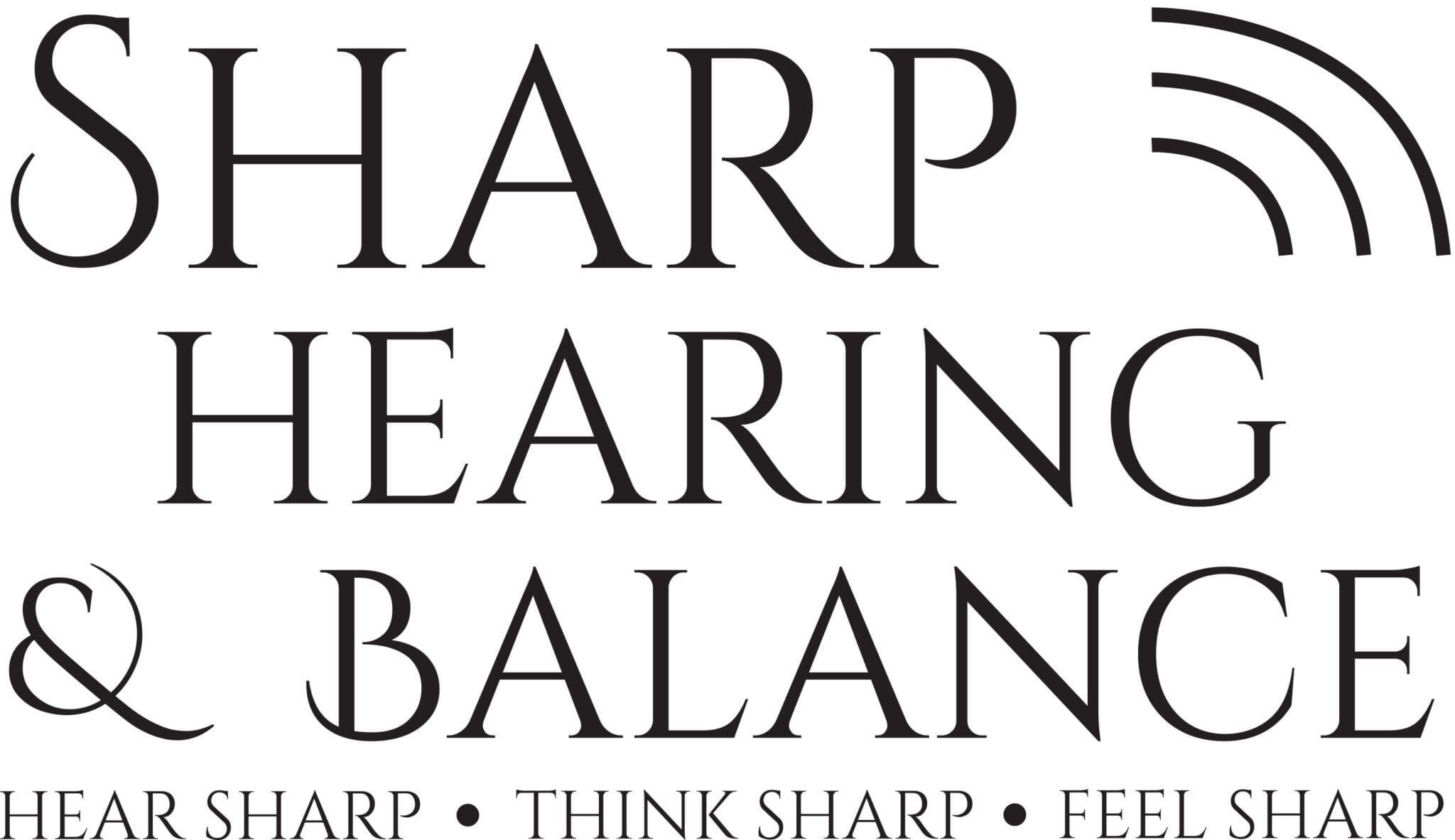In the realm of audiology and balance disorders, pinpointing the root cause of a patient’s symptoms often requires a multifaceted approach. One indispensable tool in the diagnostic arsenal is Videonystagmography (VNG) testing. VNG testing is a sophisticated assessment technique that plays a pivotal role in evaluating various balance disorders, aiding clinicians in formulating accurate diagnoses and tailored treatment plans.
What is VNG Testing?
Videonystagmography is a comprehensive assessment method designed to evaluate the function of the vestibular system, which governs our sense of balance and spatial orientation. During a VNG test, patients undergo a series of non-invasive evaluations that assess different aspects of their vestibular function, including ocular movements, gaze stability, and vestibulo-ocular reflex (VOR) responses.
How Does VNG Testing Work?
The procedure typically involves the use of specialized goggles equipped with infrared cameras to track eye movements with exceptional precision. Patients perform a series of visual tasks, such as following moving targets with their eyes or focusing on stationary objects while the head is moved in various directions. By monitoring the interaction between visual stimuli and vestibular function, clinicians can identify abnormalities indicative of vestibular dysfunction.
Applications of VNG Testing in Balance Disorders
VNG testing serves as a valuable tool in diagnosing a wide range of balance disorders, including:
- Benign Paroxysmal Positional Vertigo (BPPV): VNG testing can help confirm the diagnosis of BPPV by detecting characteristic abnormal eye movements, such as nystagmus, triggered by changes in head position.
- Vestibular Neuritis and Labyrinthitis: These inflammatory conditions affecting the inner ear can lead to vertigo and balance disturbances. VNG testing aids in assessing vestibular function and distinguishing between peripheral and central vestibular pathologies.
- Meniere’s Disease: VNG testing can contribute to diagnosing Meniere’s disease by detecting abnormal eye movements associated with endolymphatic hydrops, a hallmark feature of the condition.
- Unilateral and Bilateral Vestibular Hypofunction: VNG testing helps assess the extent of vestibular impairment in patients with reduced vestibular function, aiding clinicians in developing rehabilitation strategies to improve balance and reduce symptoms.
Advantages of VNG Testing
Videonystagmography offers several advantages over traditional balance assessment methods:
- Objective Assessment: VNG testing provides quantitative data on vestibular function, enhancing diagnostic accuracy and treatment planning.
- Non-Invasive: The procedure is safe and well-tolerated, making it suitable for patients of all ages.
- Comprehensive Evaluation: VNG testing evaluates multiple aspects of vestibular function, allowing for a thorough assessment of balance disorders.
- Customized Treatment Planning: By identifying specific vestibular abnormalities, VNG testing enables clinicians to tailor treatment approaches to address individual patient needs effectively.
Conclusion
Videonystagmography testing represents a cornerstone in the evaluation and management of balance disorders within the field of audiology. By offering a detailed assessment of vestibular function, VNG testing empowers clinicians to make accurate diagnoses and implement targeted interventions, ultimately improving patient outcomes and quality of life. As technology continues to advance, VNG testing remains an indispensable tool in the quest to unravel the complexities of balance disorders and restore equilibrium to those affected. If you or a loved one are in need of VNG testing or any balance services, contact Sharp Hearing in Salt Lake City to schedule your appointment!

Recent Comments